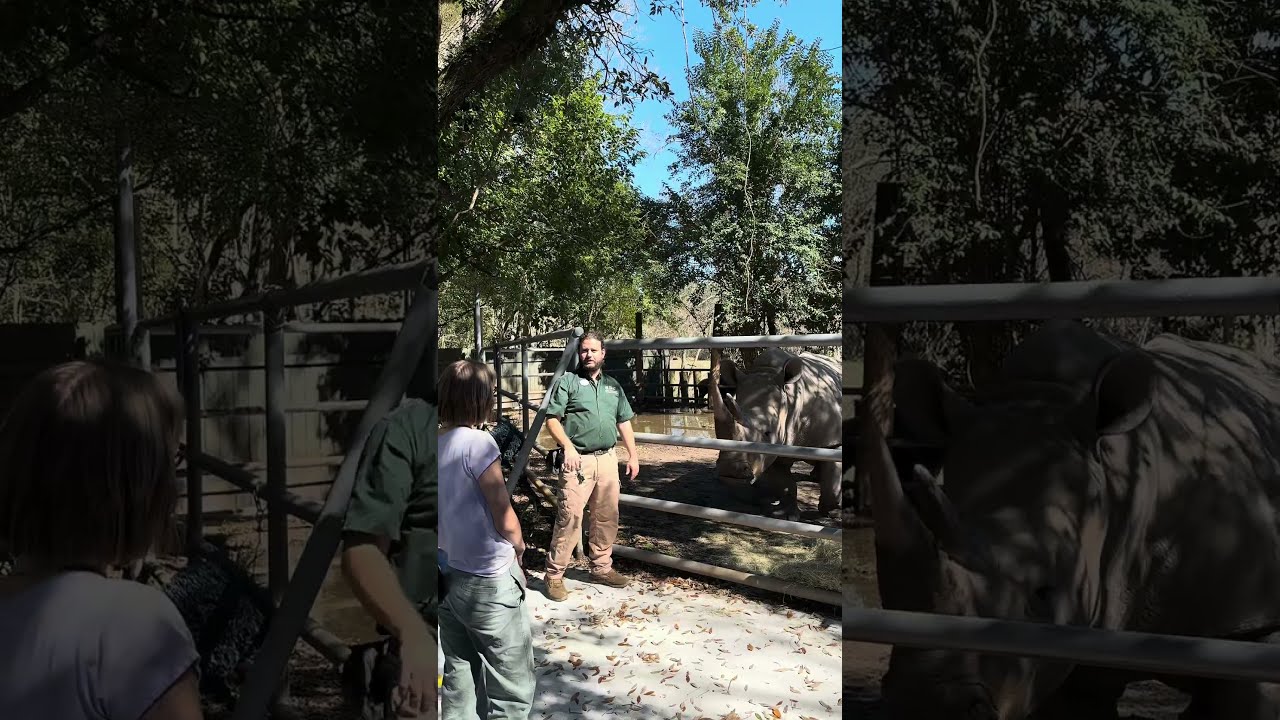- Overview of Southern White Rhinos: Habitat, Physiology, and Behavior
- The Role of Zoos in Rhinoceros Conservation
- Strategies and Challenges in Southern White Rhino Conservation
- Visitor Experience and Educational Opportunities at Audubon Zoo
- The Importance of Wildlife Conservation and Public Awareness
The southern white rhino, also known as the square-lipped rhino, is a fascinating species inhabiting the grassy savannas and woodlands of Southern Africa. It is the largest species of rhinoceros, with distinct gray skin, a wide mouth adapted for grazing, and a characteristic hump of muscle on its back that supports its large head. Southern white rhinos play an essential role in their ecosystem, primarily through grazing, which helps maintain the grasslands. These animals have a social nature, often forming groups known as crashes, particularly notable among females and calves. However, the species has faced severe threats due to poaching and habitat loss, bringing them to the brink of extinction in the past. Today, their population is a conservation success story, yet challenges remain.
Zoos have become crucial environments for the conservation of species like the southern white rhino. Institutions like Audubon Zoo provide safe habitats that protect these animals from poaching while also allowing them to breed and thrive. In addition, zoos serve as living laboratories, where researchers study animal behavior and genetics to enhance conservation efforts. By maintaining carefully managed breeding programs and participating in international collaborative efforts, zoos help ensure a stable population of rhinos, contributing to their overall conservation. Furthermore, through partnerships with conservation organizations, zoos help fund and support in-situ conservation projects, monitoring populations, and protecting habitats.
The conservation of southern white rhinos is not without its challenges. A significant focus is on combating poaching, a major threat driven by illegal demand for rhino horns. Conservation strategies include stringent anti-poaching measures, such as increased surveillance and patrols in wildlife reserves. Furthermore, conservation technology has advanced with the development of rhino horns made from biodegradable materials to reduce poaching incentives. Another challenge is maintaining genetic diversity in captive populations, which requires careful planning of breeding programs. Conservationists also face the task of habitat restoration and management, ensuring that rhinos have expansive, suitable areas to roam and graze.
The visitor experience at Audubon Zoo offers a unique opportunity to observe southern white rhinos up close. Engaging with these magnificent creatures provides visitors with a greater appreciation of the importance of wildlife conservation. Educational programs and interactive exhibits enrich the visitor’s understanding of rhino behavior, the challenges they face in the wild, and the ongoing efforts to protect them. These experiences are crucial in raising public awareness and support for conservation initiatives. By connecting emotionally and intellectually with the animals, visitors become advocates for conservation, better equipped to contribute to preserving biodiversity.
Wildlife conservation remains imperative not only to protect endangered species like the southern white rhino but also to maintain biological diversity and ecosystem health. Conservation efforts require coordinated global initiatives involving governments, NGOs, and the general public. Raising public awareness about the plight of the rhino and the broader impacts of biodiversity loss is vital. Engagement through education and firsthand experiences at zoos like Audubon plays a pivotal role in fostering this awareness. Supporting these initiatives can lead to increased funding and policy changes necessary to ensure the survival of essential wildlife species. Through education, exposure, and active participation, individuals and communities can drive significant progress in wildlife conservation efforts.
*****
Source Description

